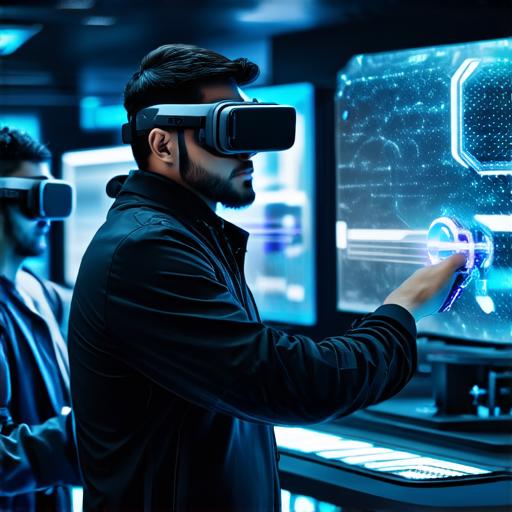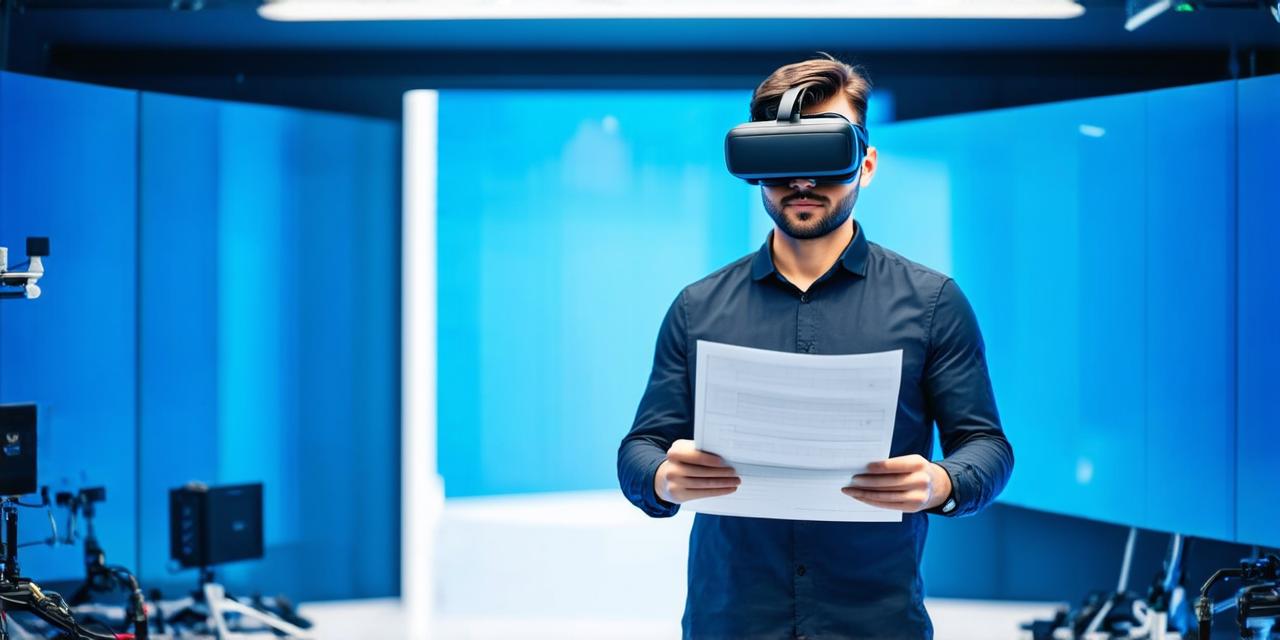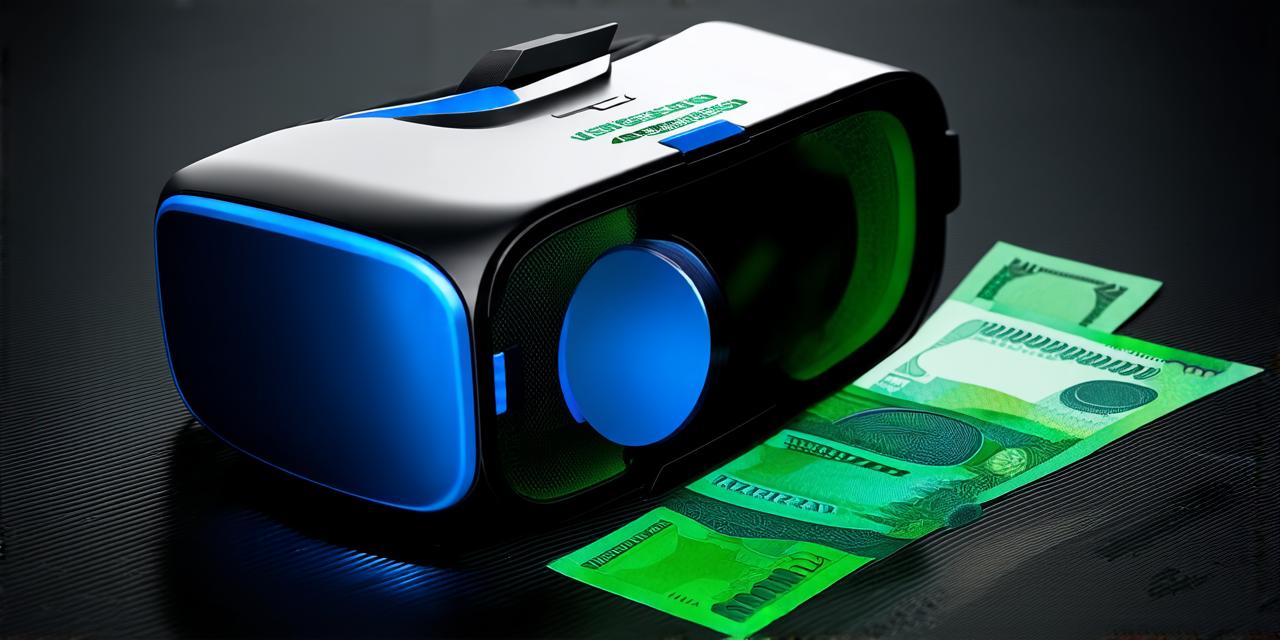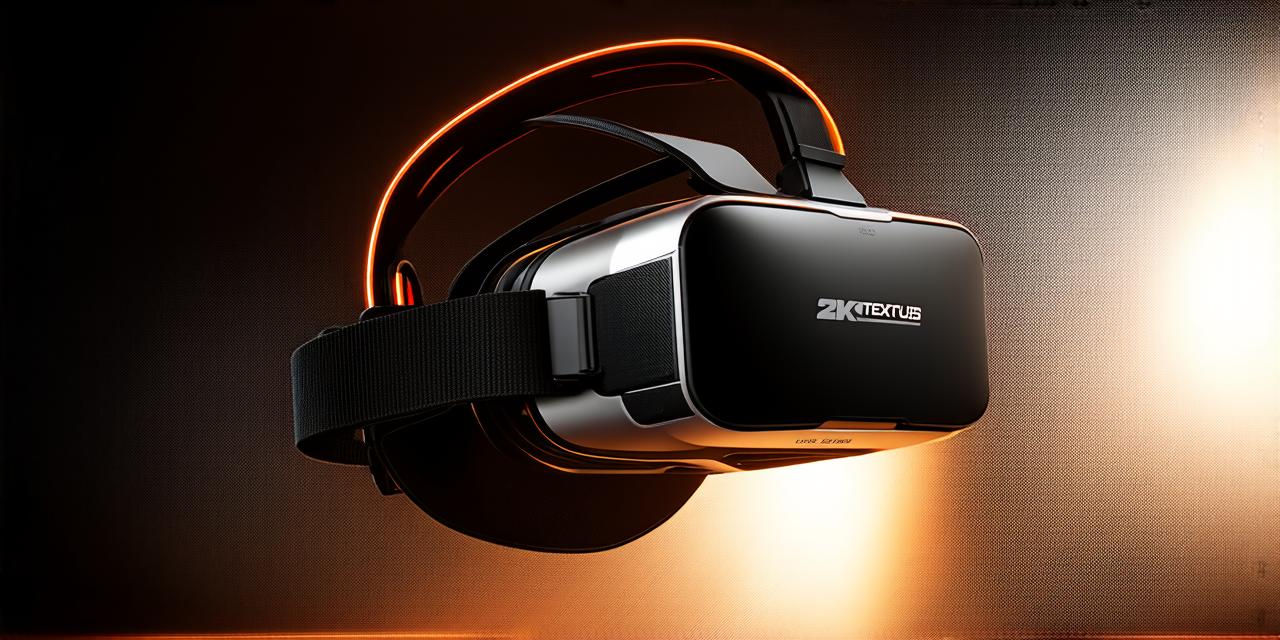
Enhanced Learning Experiences
One of the most significant benefits of VR is its ability to enhance learning experiences. VR provides a fully immersive environment that allows learners to experience situations and events as if they were real, which can help them better understand complex concepts and ideas. For example, medical students can use VR simulations to practice surgeries, while pilots can use VR simulations to practice flying in different weather conditions.
Improved Training and Simulation
VR technology is also an excellent tool for training and simulation. Military personnel can use VR simulations to prepare for battlefield scenarios, while firefighters can use VR simulations to practice rescue operations. Similarly, VR can be used in industries such as manufacturing, where workers can use simulations to practice operating machinery and equipment in a safe environment.
Enhanced Collaboration and Communication
Virtual reality can also improve collaboration and communication among team members. With VR, team members can meet and work together in virtual environments, allowing them to visualize and manipulate ideas and objects in real-time. This can be particularly useful for remote teams or teams that are geographically dispersed.
Increased Engagement and Motivation
Virtual reality can also increase engagement and motivation among users. VR games and experiences can provide a level of immersion that traditional media cannot, which can lead to increased excitement and enjoyment. This can be particularly useful in marketing and advertising, where companies can use VR experiences to engage customers and promote their products.
Increased Accessibility for People with Disabilities
Virtual reality technology can also provide increased accessibility for people with disabilities. For example, VR can be used to simulate physical therapy exercises for individuals with mobility impairments or to help individuals with visual impairments navigate virtual environments.
Real-Life Examples of the Benefits of VR
Virtual Medical Training
One example of how VR can enhance learning experiences is in medical training. The company Surgical Realities has developed a VR platform that allows medical students to practice surgeries in virtual environments. This platform provides a fully immersive experience that simulates real-world surgical scenarios, allowing students to gain valuable experience and confidence before performing surgeries on real patients.
Virtual Military Training
Another example of how VR can be used for training and simulation is in military training. The US Army has developed a VR program called the Virtual Training Environment (VTE) that allows soldiers to simulate battlefield scenarios. This program provides soldiers with a realistic experience of combat, allowing them to practice their skills and prepare for real-world situations.
Virtual Collaboration in Architecture
Virtual reality can also be used for collaboration and communication in architecture. The company Autodesk has developed a VR platform called AutoCAD VR that allows architects to visualize and manipulate 3D models in virtual environments. This platform provides architects with a fully immersive experience, allowing them to collaborate with clients and team members in real-time.
Increased Engagement in Gaming
Virtual reality can also be used to increase engagement in gaming. The company Oculus has developed the Oculus Quest 2, a VR headset that allows users to play games in virtual environments. This headset provides a level of immersion that traditional gaming cannot, leading to increased excitement and enjoyment among gamers.




